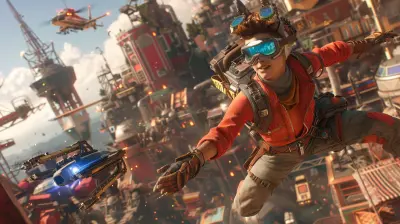How Split-Screen Created Lifelong Rivalries
12 August 2025
Do you remember the feeling of sitting on the floor, controller in hand, eyes glued to the top half of the TV screen while your best friend dominated the bottom? That’s the stuff of legends. Ah yes, the age of split-screen gaming — a time when couches were battlegrounds and friendships were tested more than any controller's analog stick.
Split-screen gaming isn’t just about playing together. Nope. It's about trash talk, screen-peeking accusations, laughter, betrayal, sweet revenge, and shouting "ONE MORE MATCH!" at the top of your lungs. It carved a unique place in video game history, but more importantly, it shaped us. It cemented rivalries that, for some of us, have lasted decades.
Let’s dive into how split-screen created lifelong rivalries—and why those messy, pixelated, half-screens meant more than just sharing the TV.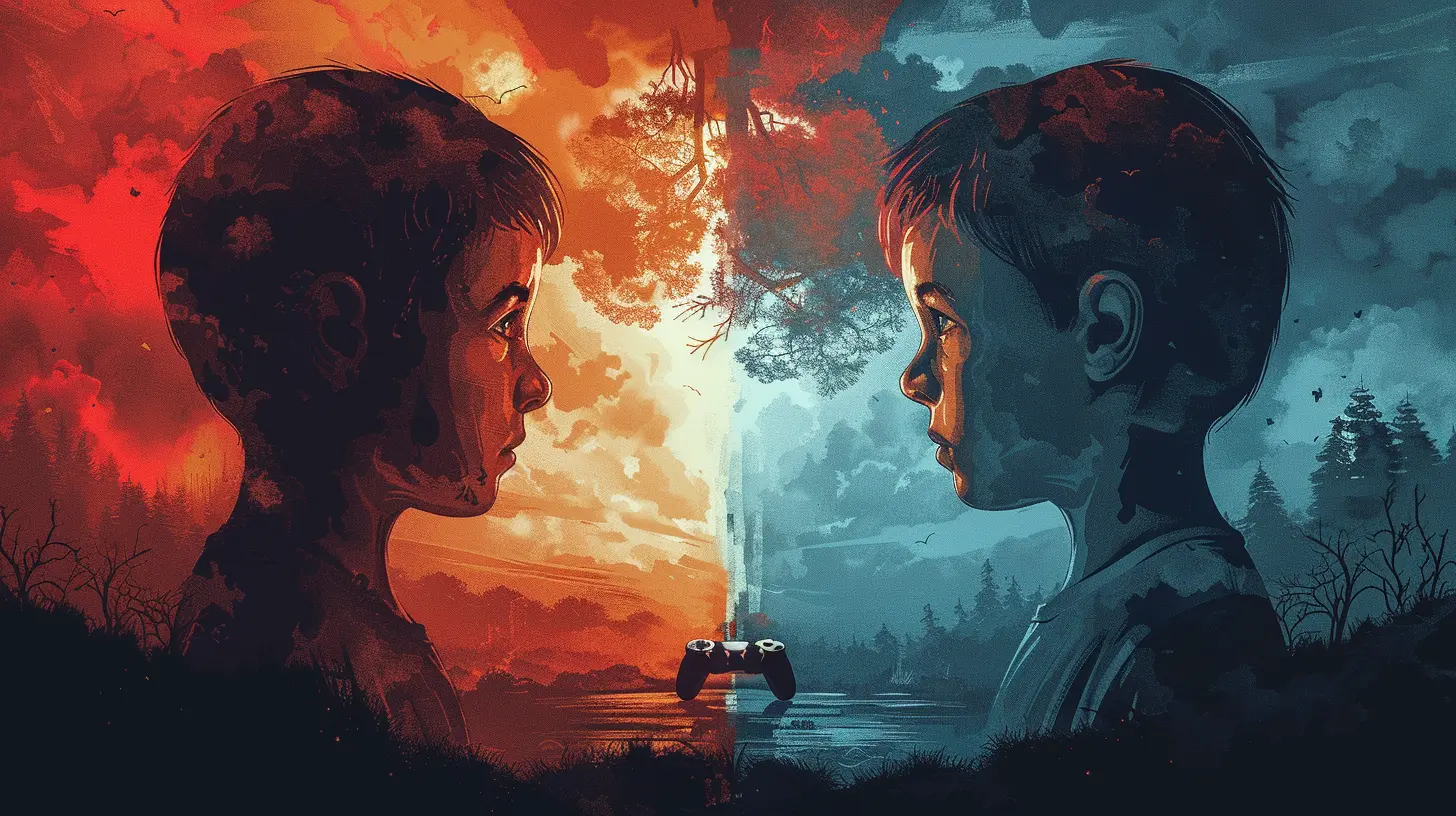
What Is Split-Screen Gaming?
Split-screen gaming is exactly what it sounds like: one screen, divided among multiple players. Back before high-speed internet and multiplayer lobbies, multiplayer gaming meant gathering around a single TV and playing on the same console.Your screen was literally split in half, sometimes into quarters depending on how many players joined in. Whether it was racing in Mario Kart, battling in GoldenEye, or building in Minecraft—each player had a chunk of the screen to call their own.
It was intimate. It was chaotic. It was unforgettable.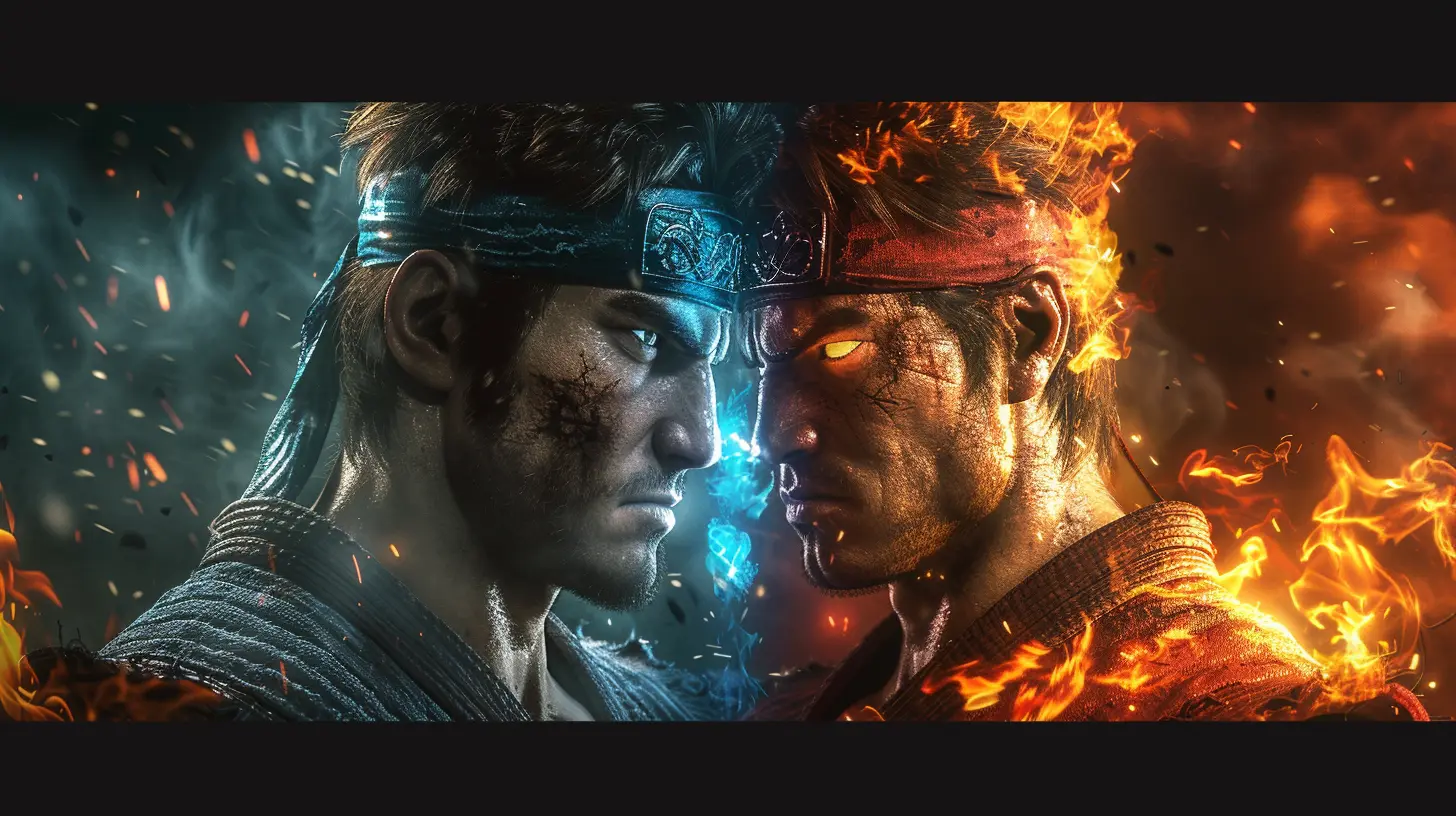
The Birth of Couch Competition
Remember when you learned that your cousin was unbeatable in Super Smash Bros.? Or that your neighbor had a sixth sense for finding you in GoldenEye? That wasn’t just casual gaming—that was the birth of rivalry.Split-screen gaming put our skills on full display. There were no excuses. You couldn't hide behind lag or blame matchmaking. If you lost, it was because the person sitting next to you was just better—or sneakier (we’re looking at you, screen-watchers).
Every victory felt personal. Every loss stung just a little more. The couch became a battlefield of pride.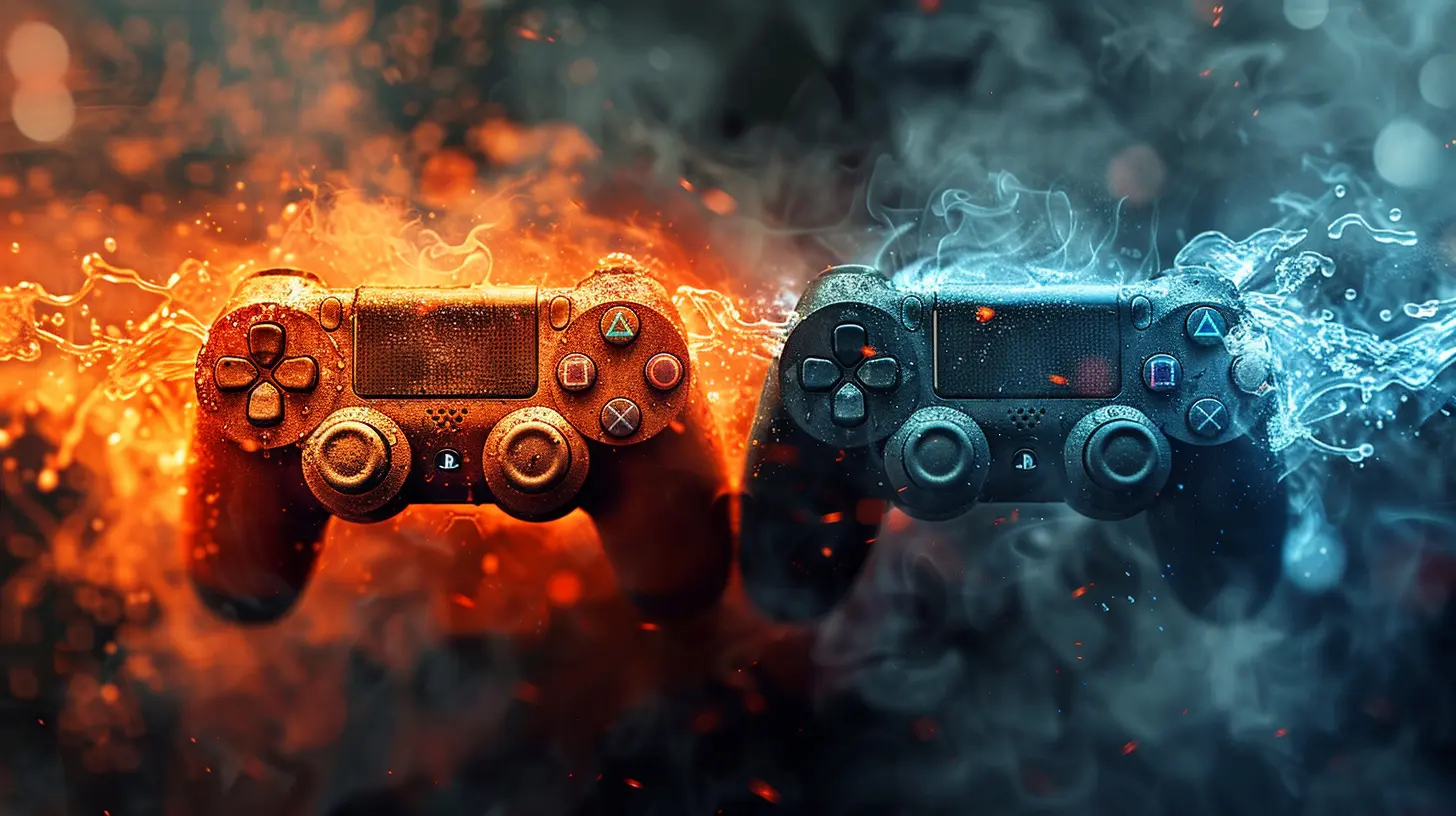
Screen-Watching: The Most Hated Love Language
If you grew up with split-screen, you know this pain too well. Let’s talk about the most controversial tactic ever: screen-watching (a.k.a. screen-peeking).Sure, it was technically cheating, but are we really going to pretend we didn’t sneak a glance at the other screen? You’d be running away in Halo, trying to hide, only to hear your friend shout, “STOP LOOKING AT MY SCREEN!”
Spoiler: everyone looked.
Screen-watching was the split-screen equivalent of reading someone’s poker cards. It created tension so thick, it could split a friendship.
And yet, it was part of the charm. It was both infuriating and hilarious, like a sibling sneaking into your room and reading your diary. Annoying at the time? Absolutely. But weirdly... cherished now.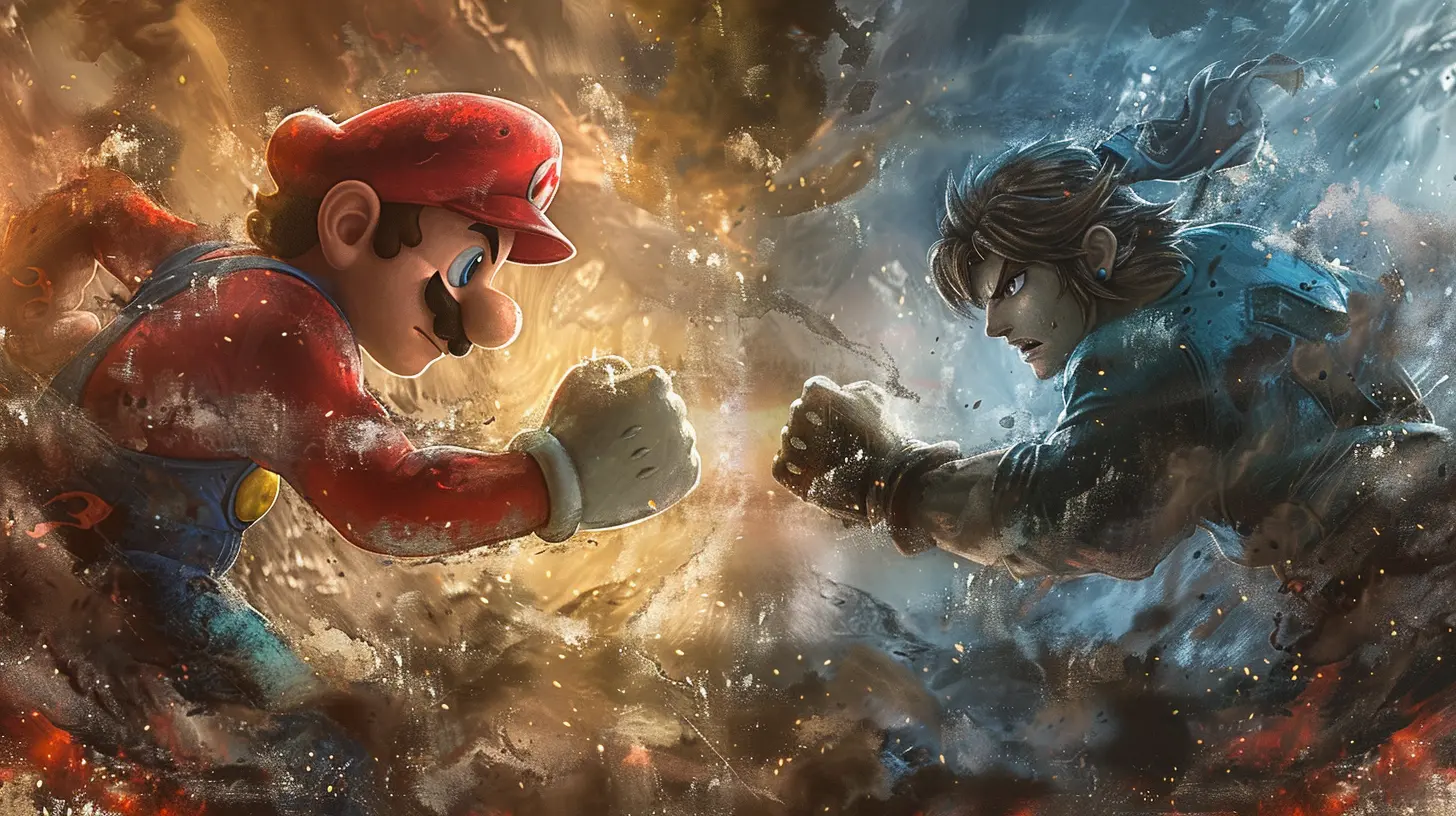
Games That Fueled The Rivalries
Some titles didn’t just encourage competition—they thrived on it. Let’s give a standing ovation to the games that made sure no afternoon was ever peaceful:🎮 Mario Kart Series
Blue shells. That’s all we need to say. If you’ve ever been in first place only to be obliterated at the finish line, you know the rage. Mario Kart didn’t just test your racing skills; it tested your friendships.🎮 GoldenEye 007
Four players, one screen, and a whole lot of betrayal. GoldenEye birthed countless rivalries in its day. The power weapons. The level crannies. The iconic "No Oddjob" rule. If you played this, you definitely have a grudge still simmering somewhere.🎮 Halo: Combat Evolved
Innovative, fast-paced, and utterly addicting. Halo’s split-screen mode was where teamwork went to die. Betrayals, grenade sticks, and sniper duels — it was glorious chaos, and rivalries were born every session.🎮 Super Smash Bros.
This was where button-mashing met actual skill. Rivalries in Smash could make or break reputations. "You spam the same move!" "That’s not a combo!" Sound familiar?Couch Co-op vs. Online Multiplayer: Where’s The Soul?
Nowadays, we have voice chat, online lobbies, and crossplay. And while all of that is amazing, something’s missing — the soul of competition.Split-screen gaming was raw. No headsets. No usernames. Just you, your opponent, and a battle of wits with Taco Bell wrappers on the table.
Online multiplayer might offer global competition, but it lacks that personal touch. You can’t see your friend’s reaction when you land a perfect hit. You can’t hear them rage-quit in real time. And you definitely can’t throw a pillow at them when they camp in the same corner over and over again.
Split-screen was physical. It was emotional. It was real.
Rivalries That Outlived the Consoles
Ask any gamer who’s been around since the ‘90s or early 2000s — they’ll have at least one person they’ve never beaten. And that sticks with you.Ever had someone who always beat you in FIFA? Or a cousin who never let you win in NBA Jam? Those rivalries didn’t end with the PlayStation 2. They became part of your shared history.
You might not game together anymore, but show up at a reunion, pull out a console, and boom—the competition reignites like it never left. That’s the beauty of it. Those rivalries grew old with us.
The Emotional Side of Competitive Play
Let’s not forget the softer side of things. Yes, split-screen made us fierce competitors, but it also strengthened bonds.We laughed (a lot), yelled (even more), and made memories. There’s something special about going through a co-op campaign with someone sitting right next to you. You struggled together. You triumphed together.
Half of those “rivalries” were just expressions of love wrapped in furious button taps. Our best friends often became our toughest opponents, and vice versa.
That’s emotional currency no online match can match.
The Legacy of Split-Screen Gaming
Though split-screen might be fading away in modern titles, it left behind a legacy that's impossible to forget.It’s the reason many of us fell in love with gaming. It’s how we learned to compete, to cooperate, and to cope with loss (even if it was just losing at Tekken).
It taught us sportsmanship, even when we were screaming about someone using Pikachu’s Thunder move again.
Those split-screen battles aren’t just nostalgic—they’re core memories.
The Future: Can We Bring It Back?
Good news: not all is lost. Some developers still believe in the magic of local multiplayer. Titles like “Overcooked,” “Cuphead,” and even “It Takes Two” have shown that split-screen gameplay still has a passionate fanbase.So maybe, just maybe, there’s hope.
Maybe game night with friends on the same couch isn’t gone—it’s just evolving.
And when it does come back in full swing, those rivalries? Oh, they’ll be waiting.
Final Thoughts
Split-screen gaming did more than give us a way to play. It gave us something to fight for. It laid the foundation for rivalries that often transformed into lifelong friendships. And even when they didn’t, they left behind stories we still laugh about today.So next time someone brings up GoldenEye or Mario Kart, smile. Remember the rage, the laughs, the victories—and that one guy who always picked Oddjob.
Rivalries may be fierce, but the memories? They’re priceless.
all images in this post were generated using AI tools
Category:
Gaming NostalgiaAuthor:

Tayla Warner
Discussion
rate this article
1 comments
Blaze Pratt
Great insights on split-screen gaming! It truly shows how friendly competition fosters connections and unforgettable memories among players.
August 21, 2025 at 4:12 PM

Tayla Warner
Thank you! I'm glad you enjoyed the article. Split-screen gaming really does bring people together in unique ways!
